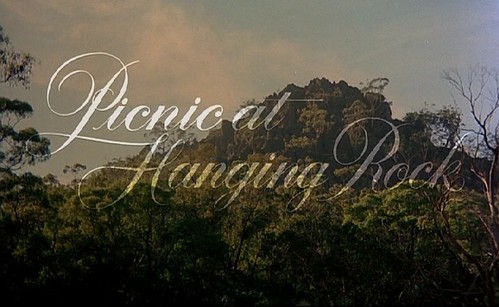
In the year 1900 in Australia, a group of girls from Appleyard College, which seems to be little more than a bourgeoisie finishing school, go on a picnic to Hanging Rock, a beautiful, and craggy geological formation on the edge of the bush. Several students and one of their teachers vanish without a trace. This story is rumored to be based on truth, but as far as I can tell, it is entirely fictional.
In the novel upon which Picnic at Hanging Rock is based, the author actually included an explanation of what happened to the girls who disappeared. When it was published, this piece was left out because the story is so much stronger without it. One of the prettiest of the differences between fiction and real life is that in the fictional realm, no explanation is necessary. Real life doesn't offer that kind of poetic power. If the girls had disappeared in real life, there would be an answer somewhere, and during sweeps season, the hard-working scientists on CSI would find it. In Peter Weir's adaptation of Picnic, there is no causal explanation, no physical evidence, only speculation that the girls did not belong in the world they found themselves in, and thus, ceased to exist.
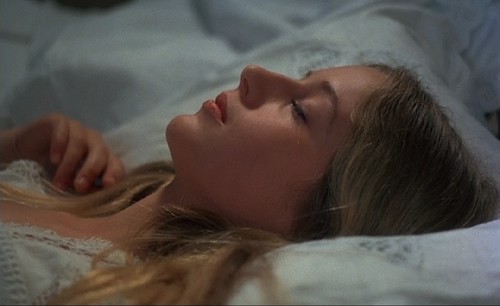

It would be reductive to read the girls' ascent to the top of the rock as pure sexual metaphor, but it is difficult to avoid that thought. The rock is oddly supernatural, and has odd effects on the students, making them enter a somnambulatory state that concurrently fills them with the urge to gradually undress themselves. And one can't help but see sexual imagery in the phallic rocks and vaginal tunnels. There are moments of hysteria that point to sexual repression and fear in the girls. Edith (Christine Schuler), who follows the other three on their ascent grows ever more reluctant as they near the peak. As she watches them disappear into a gap in the rocks, she becomes completely hysterical, as if unprepared for the mysteries on the other side.
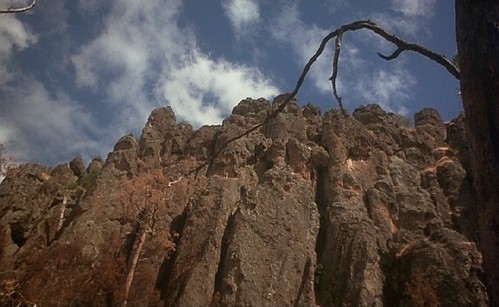

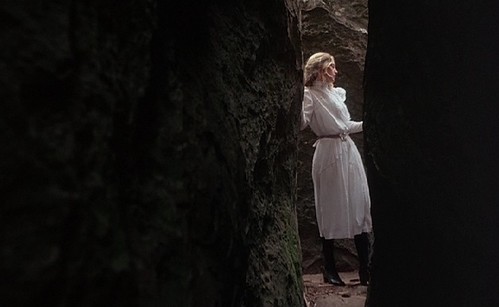
I do think there is more going on than sexual release, though. The sexual metaphor is clearly there, but it is also operating as a representation of escape from the restriction of the Victorian world in which the girls are trapped, with its rigid dichotomies between wild and cultivated, rich and poor. Sexual freedom is clearly aligned with the lower classes, a notion demonstrated by the girls' maid, who is shown romping with the gardener. Separate from sex, there is much allusion to class friction. From the earliest scenes of the film, Tom (Tony Llewellyn-Jones) finds respite from his catatonic upper class family by befriending their driver. Sarah (Margaret Nelson), an orphan, is cast out of the school when her guardian fails to pay her tuition. Suddenly, there is no place for her in this world. She dies, but it is unclear whether this was an act of suicide or homicide. Her body is found in the greenhouse, a faux natural space that acts as a sort of parallel to the untamed wilderness that has swallowed the other girls.

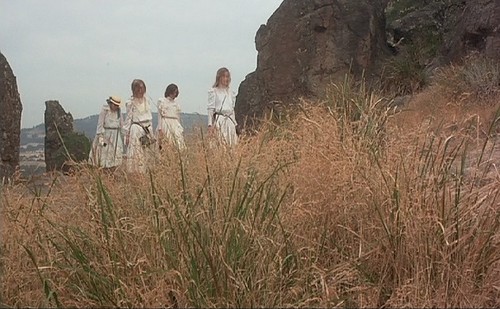
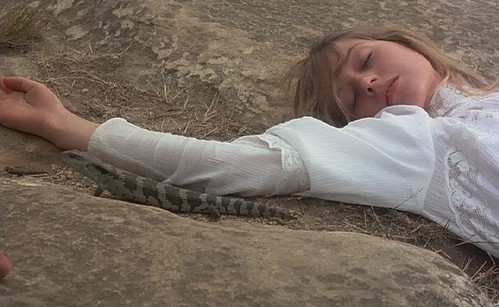
It is also important to note that Hanging Rock is a place of spiritual importance for Aboriginal people. It is possible that the events that take place result from the clashing of imperialists and their penetration into a land they do not belong in. All of these are possibilities. The perfection of this film is the way it leaves these questions hanging in the void, a metaphor wrapped in ethereal imagery and haunting beauty.
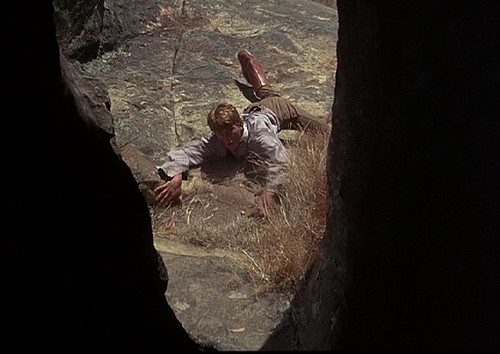
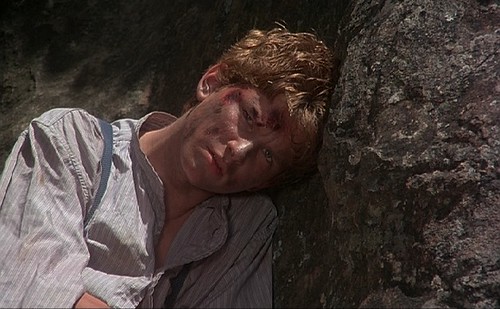
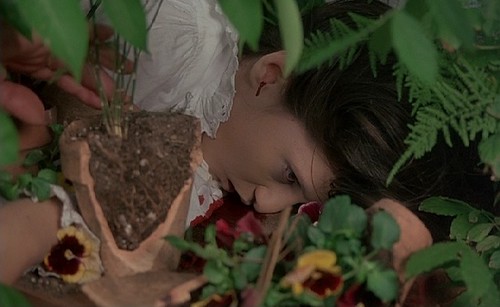

ahhh that last screencap is going to haunt me
ReplyDelete